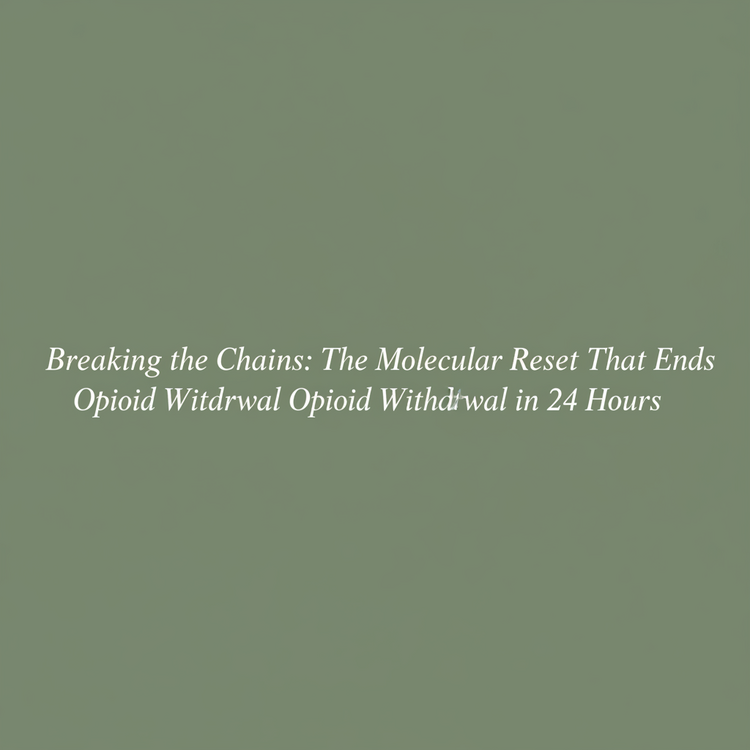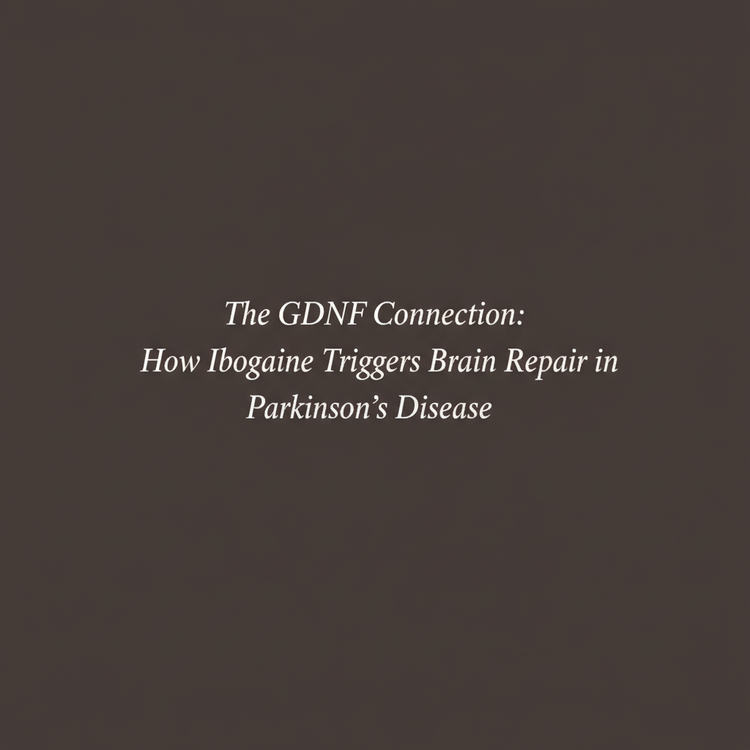The Microdosing Revolution—Gentle Healing Without the Flood

Why Small Doses May Be the Future of Ibogaine Therapy
When most people hear about ibogaine, they imagine the “flood dose”—an intense 24- to 30-hour psychedelic journey that can feel like dying and being reborn. The visions, the purging, the confrontation with your deepest shadows. It’s powerful medicine, but it’s not for everyone.
What if there was another way? What if you could access ibogaine’s neurological benefits without the overwhelming intensity of a full dose? Welcome to the emerging world of ibogaine microdosing—a gentler path that may revolutionize how we think about this remarkable medicine.
Beyond the Flood
Microdosing is defined as the recurrent administration of small doses of psychedelic drugs, with little to no identifiable acute drug effects, with the intention of improving mental health and general wellbeing, enhancing cognitive performance, and boosting mood. For ibogaine, this typically means approximately 1% of a conventional flood dose—around 4-10mg compared to the standard 15-20mg per kilogram.
The concept isn’t new to indigenous practitioners. Even the Bwiti use iboga in different ways; aside from the strong doses taken for spiritual initiation ceremonies, they also participate in weekly religious ceremonies using iboga in lower doses. These smaller and more frequent rituals bring people together for emotional experiences that strengthen their connection with divinity. For the Bwiti, microdosing ibogaine is a form of spiritual housekeeping.
The Case Evidence
One of the most compelling documented cases involves a woman with bipolar disorder who underwent ibogaine microdosing treatment. Two capsules containing 4mg of ibogaine each were administered twice daily for 60 days—approximately 1% of a full conventional single dose.
The results were striking. After just 15 days, she reported increased mental clarity, organized thinking, and positive prospects regarding the future. By day 43, she had experienced a boosted appetite and the initiative to engage in professional activities. Even 30 days after discontinuation, sustained improvement persisted through day 90.
The depression scores told the quantitative story: 35% reduction after 15 days, 85% after 43 days, and 90% after 90 days compared to baseline. Anxiety scores improved by 39%, 52%, and 56% at the same intervals. Hopelessness—often the most intractable symptom of depression—reduced by 60%, 70%, and ultimately 100%.
The Mechanisms of Gentle Change
How can such small doses produce meaningful effects? The mechanism appears to involve combined direct pharmacological action and consciousness-expanding experiences, even at sub-perceptual doses. Reports associate ibogaine’s effects with changes in prefrontal limbic circuits, triggering neuroplastic adaptations and brain neurotrophic factors—which have raised interest in their own right as potentially effective treatments for depression and other psychiatric disorders.
Ibogaine’s metabolite, noribogaine, extends the therapeutic window. Noribogaine is lipophilic, meaning it’s stored in fat tissue for approximately 90 days depending on individual metabolism. This extended presence allows for ongoing neurochemical support, providing what practitioners call an “addiction interrupter” and mood stabilizer.
Maintenance After the Flood
For many, microdosing serves a crucial role after a full flood dose experience. Anecdotal reports discuss how microdosing helps with addictions and cravings of all kinds. Microdosing in the wake of a full flood dose can be especially useful to maintain benefits like clarity, enhanced mood, and craving control, all of which otherwise tend to wear off as one eases back into everyday life.
Think of it as the difference between renovation and maintenance. The flood dose is the complete renovation—walls torn down, foundation exposed, everything rebuilt. Microdosing is the ongoing maintenance that keeps the house in good condition, preventing the slow decay that would otherwise occur.
The Practical Approach
Microdosing protocols vary, but intentionality is key. Being clear about why you are microdosing, what issues you want to explore and address, and what you want to learn will significantly improve your experience. This helps track progress and determine appropriate frequency.
Those seeking a creativity boost might find a microdose once every three days sufficient, while those managing withdrawal symptoms might need daily microdoses as effects wear off. On dosing days and the days between, exploring the changes that arise in thought and behavior—staying present with them and recording them—creates a feedback loop that optimizes the protocol.
The Integration Imperative
To maximize benefits from microdosing, combining it with positive changes to diet and lifestyle proves essential. Regular exercise, yoga, or meditation added to your routine creates synergistic effects. Activities such as exercise, meditation, and learning new skills further boost neuroplasticity, complementing the changes ibogaine sets in motion.
One critical caution: If you find effects becoming stronger each time at the same dose, this may indicate that ibogaine is accumulating in the liver as noribogaine. This signals the need to slow down or take a break. The medicine should support your system, not overwhelm it.
Safety Considerations
Even at low doses, safety protocols matter. Iboga provider experts suggest completing an EKG, liver panel, and psychiatric evaluation by a medical professional familiar with iboga before considering even a small dose. Cardiac effects, though reduced at lower doses, remain possible.
Both traditional and medical model providers generally do not recommend microdosing to anyone who isn’t highly experienced with the medicine. This isn’t gatekeeping—it’s recognition that even small doses can cause cardiac events in vulnerable individuals.
The Future of Gentle Medicine
At Iboga Wellness Institute, we recognize that transformation doesn’t always require intensity. For some patients, particularly those managing chronic conditions or seeking ongoing support, microdosing protocols offer a sustainable path to lasting change.
Further trials are warranted to investigate the putative antidepressant effect of ibogaine microdosing, but the preliminary evidence—both clinical and anecdotal—suggests we’re looking at a powerful tool. Not a replacement for flood dosing, but a complementary approach that expands who can benefit from this medicine and how.
The revolution isn’t always loud. Sometimes it’s quiet, gentle, and daily.







